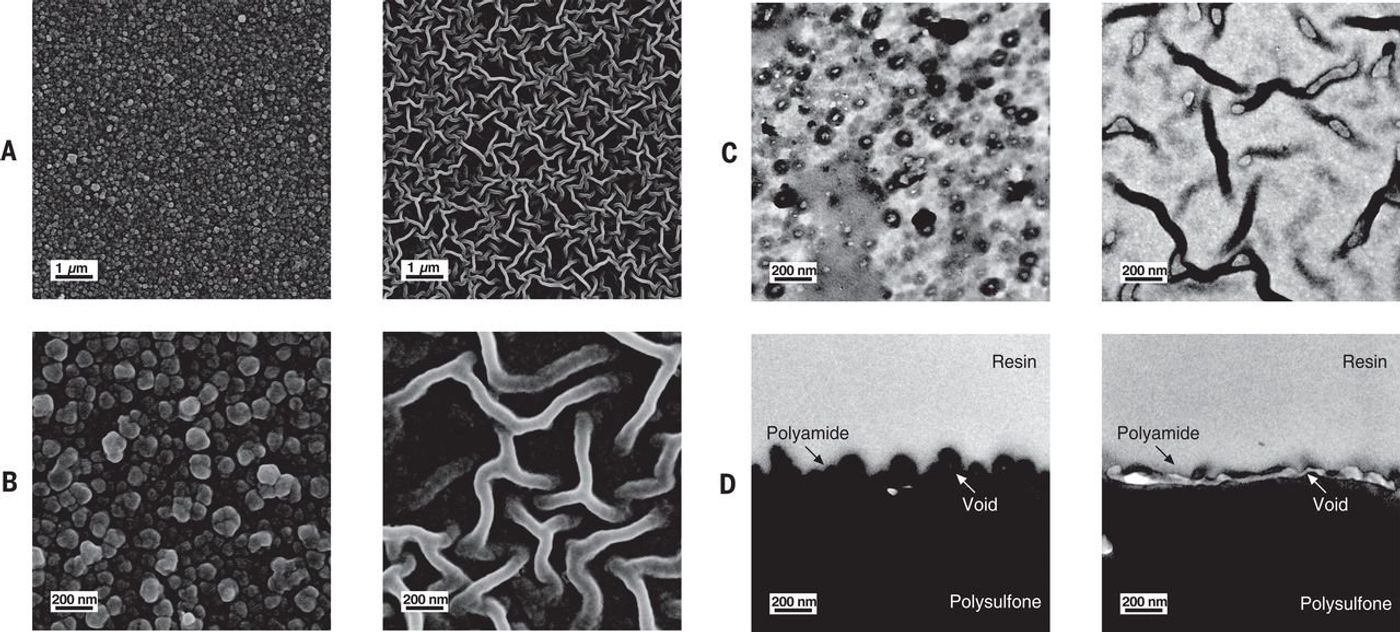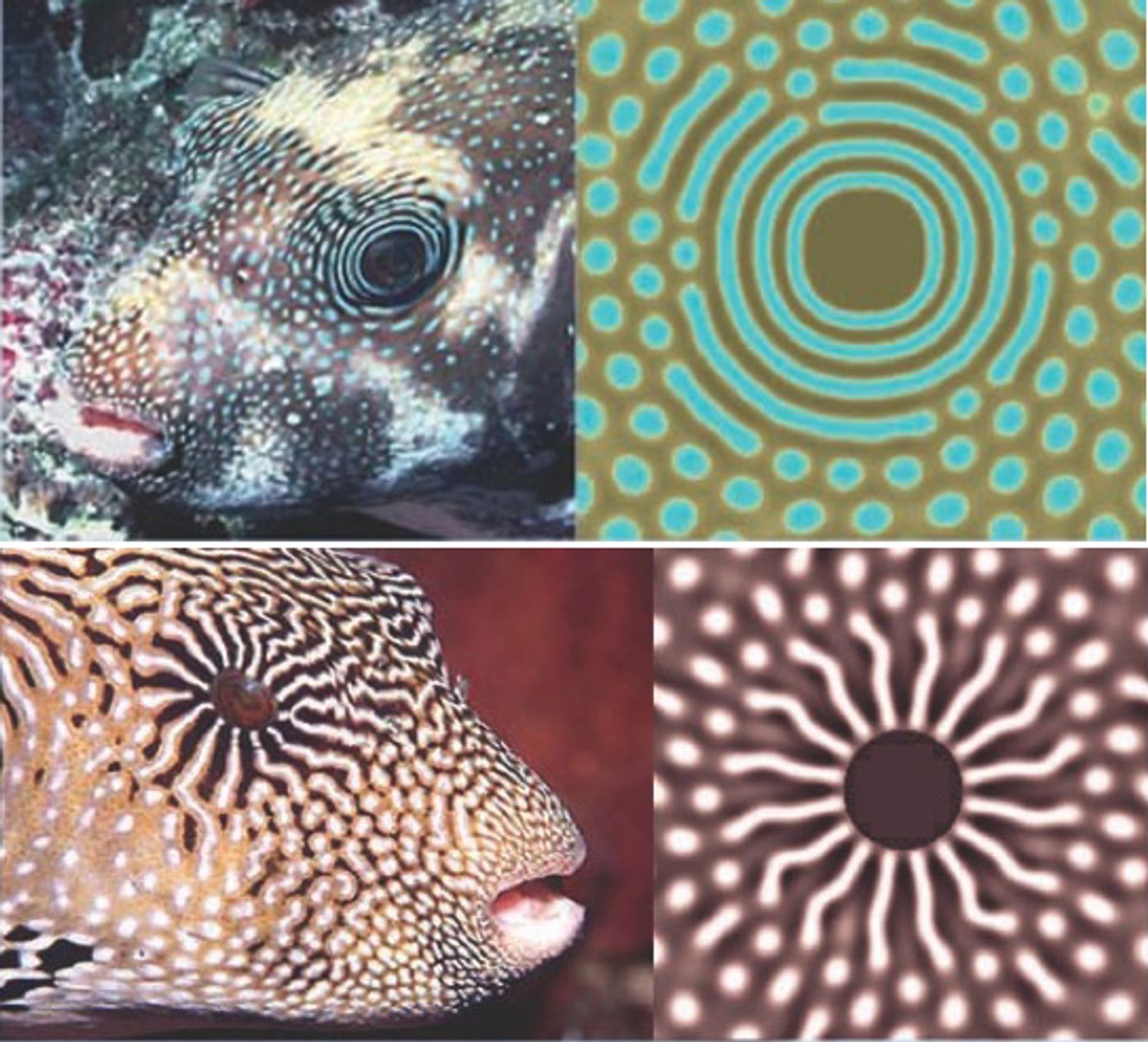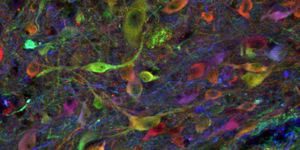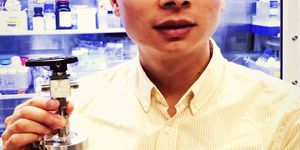Turing Patterns-Inspired Membrane Water Filters
In his only paper on biology Alan Turing the computing science pioneer and renowned mathematician, proposed a theory of morphogenesis, in which he hypothesized how chemical reactions might produce naturally existing complex patterns.
Chinese researchers from Zhejiang University reported that they have created a unique type of polyamide membrane for water purification purpose, based on Turing’s theory on morphogenesis.
Their work was published recently in the journal Science.
Turing was the first person to theorize the mechanism behind morphogenesis. He proposed a mathematical model to emulate the process through which an embryo might form and shape limbs, bones, and organs. According to Turing, identical biological cells can differentiate, change shape and create patterns through a process called intercellular reaction-diffusion.
These so-called Turing patterns are everywhere, from stripes, spirals, to whorls on plants and animals. From a chemistry or biochemistry perspective, the unique morphogenesis structures can arise when imbalances in diffusion rates make a stable steady-state system sensitive to small disturbance. Turing predicted six different patterns could result from this model.
In 2014, 60 years after Turing's death, a team of U.S. researchers have proven for the first time in a study Turing's model of morphogenesis worked exactly the same way in cell-like structures.
In their paper published in the journal Science, the Chinese group describes the process how they developed a filter that removes salt, turning the famed mathematician’s brainchild into a practical application. The 3D-structured member filter was produced using polyamide, a material similar to nylon, formed by a reaction between the chemicals piperazine and trimesoyl chloride.
Under the electron microscope, the rough, porous mesh-like membrane bears the hallmarks of Turing’s pattern. The team was able to produce variants showing both dots and tubes — the two types of self-organizing structure predicted by Turing’s model.
Filtration tests performed by the same group showed that 1 square meter of the filter managed to filter as much as 125 liters of water in an hour. This filter allows scientists improve the salt-removal efficiency of current filters by three times.
Can One Mathematical Model Explain All Patterns In Nature? (Seeker)
Source: phys.org/Nature
Featured image: the Alan Turing statue (improntaunika)










